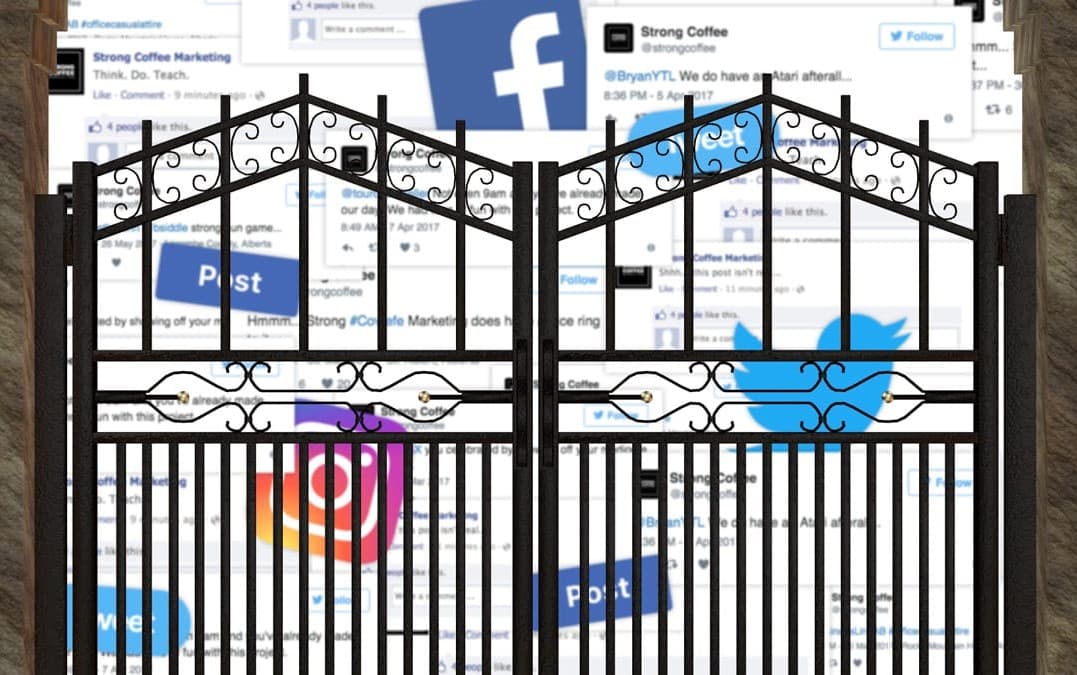1.2K
The term gatekeeping is used in various milieus. It finds its use in the dissemination of information, but also in social constructs.
Gatekeeping models
Gatekeeping means “gate guarding” in German. An apt comparison to the so-called gatekeepers are bouncers. In gatekeeping, certain persons or institutions determine what information gets out. Numerous gatekeeping models exist.
- Journalists and editors can be considered gatekeepers. They decide what information is passed from one stage of the information flow to the next or withheld. They thus have the power to control and influence information.
- The expanded possibilities of communication on the Internet have changed the role of gatekeepers and given rise to new gatekeeping models. In gatekeeping, the focus is no longer on gathering new information, but on filtering, evaluating and classifying information that is already available to the audience.
- In the model of audience gatekeeping or secondary gatekeeping, the audience is seen as a powerful influencer and gatekeeper in social media. It decides whether and which media content is recommended to other users.
- Occasionally you will find the term “Don’t Gatekeep” in the comments on social media on Instagram or TikTok. This means that creators should reveal certain information. For example, where certain products come from.
- In the collective gatekeeping model, the weighting of content is no longer controlled editorially, but by collective user activities such as clicks, ratings and recommendations. Technical gatekeepers such as search engines or news aggregators select and weight contributions with the help of algorithms.
- Network gatekeeping theory focuses on the interconnectedness and interactivity of actors in the gatekeeping process and describes the relationships between gatekeepers and gated multidimensionally. Despite advances in gatekeeping theory, transfers to communicative contexts are not always straightforward.

